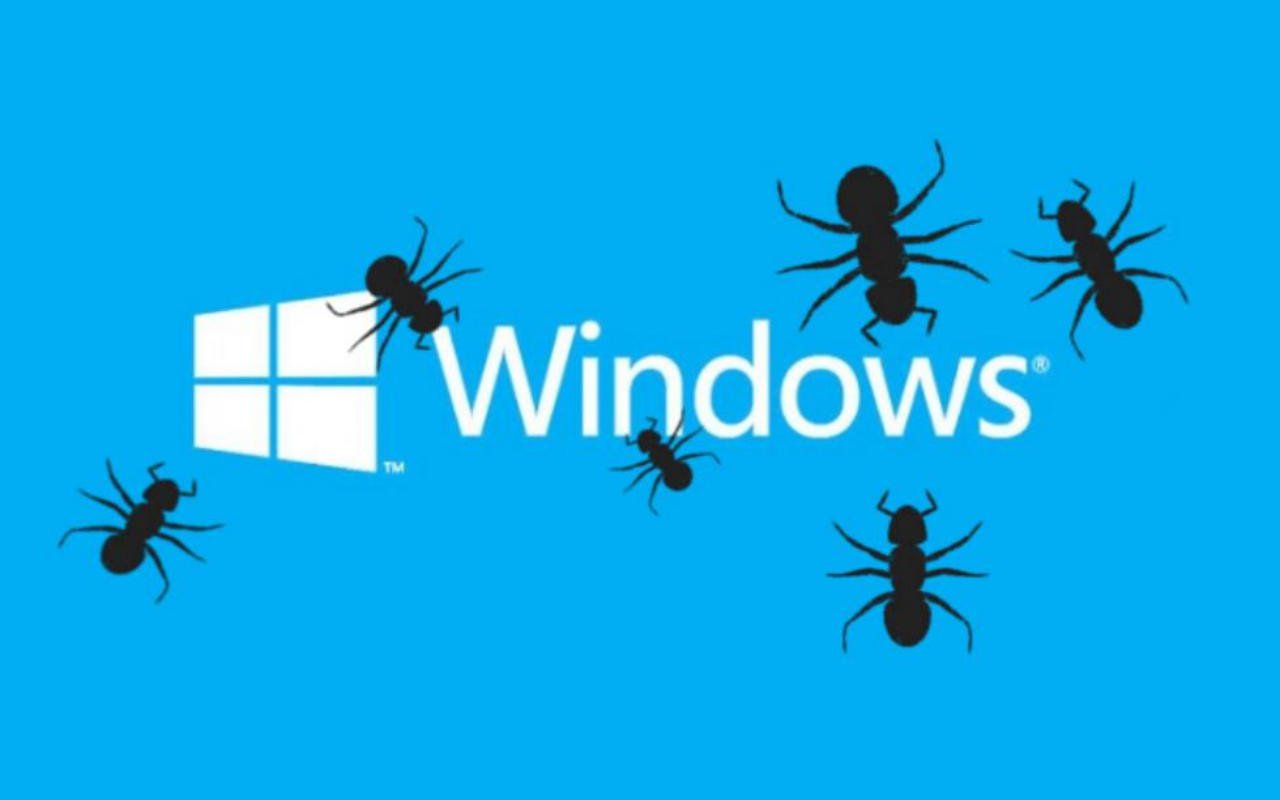KB4559309 is quite a controversial Windows update. It's the update that Microsoft used to promote the new program browsing Microsoft Edge with base Chromium on Windows 10 devices running versions 1803 through 2004.
Many users disagree with this aggressive approach and have criticized Microsoft for imposing the new browser. Others turned to Edge Blocker Toolkit to prevent the installation of the new application.
But beyond this controversy, it seems that there is something else that should worry us about the information KB4559309: users in Microsoft forums complain that the update causes computer performance issues, such as slow startup and massive slowdowns each time.
Thread reveals Microsoft is also investigating the issue, but at this time there is no information on whether a patch will be released. The Microsoft Edge team needs more details on what exactly is happening before it can give a possible release date for the update.
Some of the issues reported after installing update KB4559309 on a device Windows 10 is the following:
- Slow start
- Failure to install the update
- Ο computer slows down at random times
- The wireless network has been turned off
- Slow network connection
- Freeze video and audio
- Huge memory usage
Needless to say, some of the problems listed above may not come directly from the Edge update, but users report that they noticed them immediately after installing the new browser.
Is there anything you can do?
Users on the Microsoft forum are considering all sorts of solutions and some say disabling it BitLocker sometimes solves performance problems on their devices. Others claim that disabling fast startup improves slow startup malfunction.
But on the other hand, there is no one-size-fits-all solution, so it's clear that Microsoft needs to release some updates.
The Windows KB4559309 update is only available on Windows 10 Home and Pro devices, not Enterprise devices.
"This update is not intended to target corporate devices. Specifically, this update targets devices running Windows 10, version 1803 or later, which are either the Home version or the Pro version. Devices running Windows 10 Home or Pro Edition that are connected to an Active Directory or Azure Active Directory domain service, or that are managed by WSUS or WUfB, are also excluded from this automatic update. he says The company.
The update is supposed to bring the new Edge (Chromium) browser to Windows 10 devices.





